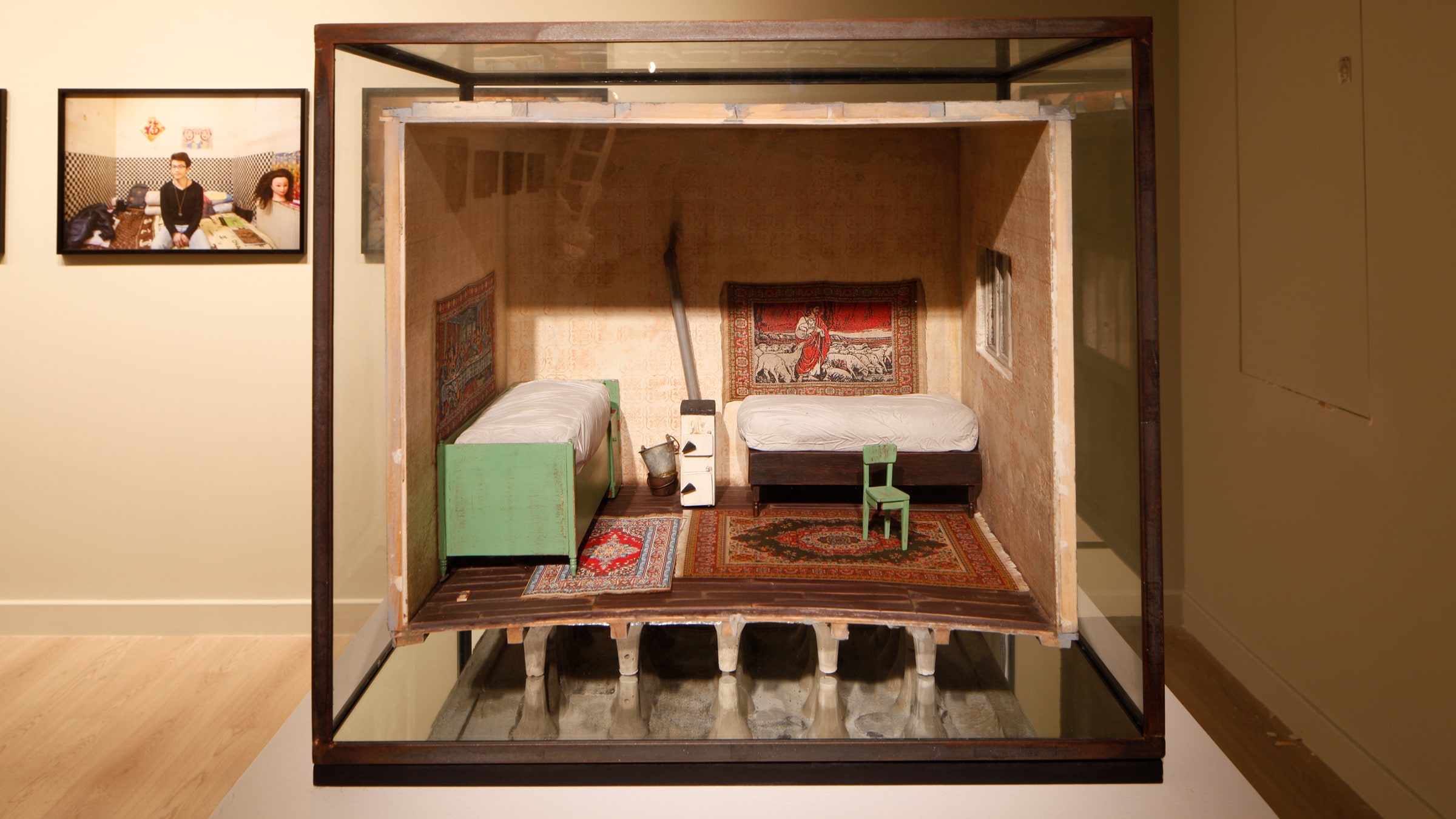Talk
October 3, 2017 / 18:30
Places are heterogeneous: A multiplicity of beings co-habit the place: humans, dogs, trees, worms, mushrooms... We are thrown-together and we will be, at different times and speeds, again dispersed. Our social setting is a bubble that draws together forms of life and materials, yet destined to burst out as we move on. This talk explores the shifting relations in Istanbul between dogs and their humans from 19th Century onwards; looks at a number of episodes where they have become intimate companions, ignored neighbours, or discarded redundancies. All along, my goal will be to redefine the term ‘social’ by drawing attention to nonhuman entities in the city. In that spirit, I will survey the spatial arrangements and the ecological relations imminent to the city yielding different neighbourhoods that we share or compete over with other beings.
Dr. Sezai Ozan Zeybek is a geographer. In the light of postcolonial literature, he studies ‘trivial’ places, ‘insignificant’ people and ‘dead’ times. He follows up the stories of stray dogs, babies, or men who kill time in coffee shops day after day. All along, he scrutinises space-time conceptions of, mainly, capitalism. Recently, he has started to work on issues around ecology with a focus on industrial meat production. Additionally, he is interested in formations of militarism and different constructions of manhood. He has a blog in Turkish where he posts non-academic, seemingly "out-of-agenda" articles: http://ozanoyunbozan.blogspot.com/
Free of admissions, drop in. This event will take place in the auditorium. The talk will be in Turkish.
Temporary Exhibition
Pera Museum hosted the 15th Istanbul Biennial, organized by Istanbul Foundation for Culture and Arts (İKSV) and sponsored by Koç Holding. The 15th Istanbul Biennial brought together artworks by 55 artists from 32 countries, all addressing different notions of home, belonging and neighbourhood.
Click for more information about the exhibition.

Tuesday - Saturday 10:00 - 19:00
Friday 10:00 - 22:00
Sunday 12:00 - 18:00
The museum is closed on Mondays.
On Wednesdays, the students can
visit the museum free of admission.
Full ticket: 300 TL
Discounted: 150 TL
Groups: 200 TL (minimum 10 people)